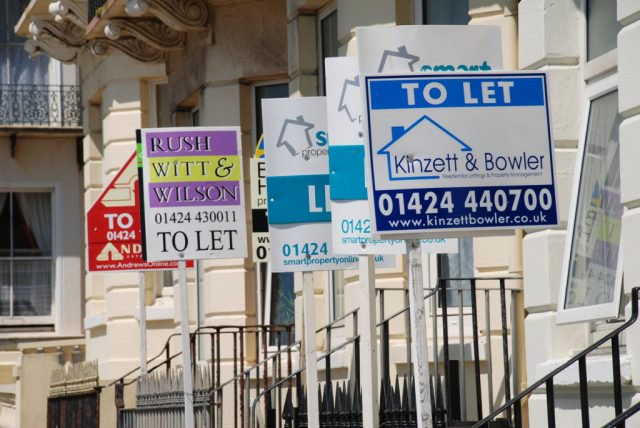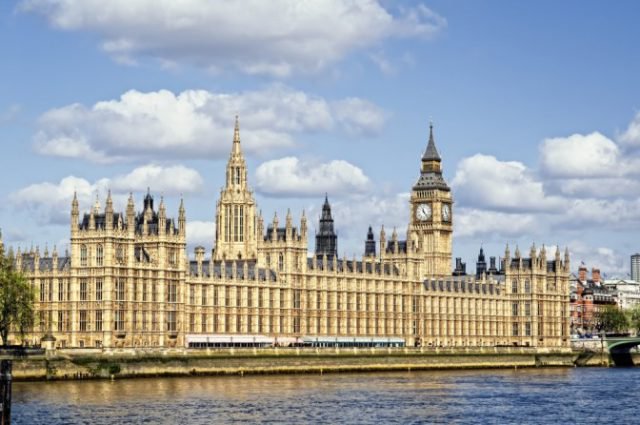Large decline in homes to rent over the last six years
New research has revealed that there has been a sharp decline in the number of homes listed for rent over the last six years.
Figures from Home.co.uk reveal that there has been an 11.6% decline in available rental stock since July 2011. This was led by a 34.7% fall in properties to rent in Scotland.
Falls
In Wales, there have been falls of 28.1% while the South West of England also saw a substantial decline of 26.5%.
Overall, seven out of eleven regions in the UK saw a fall more than the UK wide average. More prominent falls included a 24.6% slip in the East Midlands, 20.8% in the South East and 16.7% in the West Midlands.
Only one region, the North East of England, experienced a rise in supply, with a substantial increase in rental stock of 33.4%. This is owed in part to the number of accidental landlords, with many would-be sellers looking to let out there properties as opposed to selling at a loss.
Demand
While supply in the PRS has fallen, demand from tenants continues to rise, with many would-be buyers mean priced out of the market.
A number of tax changes, such as the phasing out of mortgage interest tax relief and Stamp Duty rises, have led many landlords to leave the market – further exacerbating the imbalance.
In turn, this is moving to drive up rents across many regions of the UK.

Large decline in homes to rent over the last six years
Wales has seen rents rise by 113% during the last year, while Yorkshire has seen increases of 8.4% over the same period. Scotland too has seen rises, of 5.4% on average.
The South West saw rents rise by 5.7%, while there was a less profound rise in the South East, of 0.9%.
London however has actually seen rents fall by 5.3% in the last twelve months, largely as a result of the rush in investment seen before the Stamp Duty changes came into force in April 2016.
Backfired
Director of Home.co.uk, Doug Shephard, observed: ‘It is ironic that the government’s justification for tax changes in the PRS was to ‘level the playing field’ for wannabe homeowners. The result of this barrage of red tape and taxation, at both local and national government levels, has meant that the supply of rental properties has fallen behind demand in most regions thereby driving up rents. Of course, it’s not the first time that government tinkering and tax grabs have backfired but the upshot for Generation Rent is appalling.’[1]
‘The ‘elephant in the room’ for the government is that record low mortgage interest rates have driven unprecedented investment in the PRS over recent years. Simply put, those already with significant home equity have been able to come up with deposits for properties intended to let whilst aspiring homeowners are as cash-strapped as ever as they pay out huge sums in rent. However, ultra-low interest rates and the associated pain for renters look set to persist for the foreseeable future,’ he added.[1]
[1] https://www.landlordtoday.co.uk/breaking-news/2017/6/sharp-decline-in-homes-to-let




